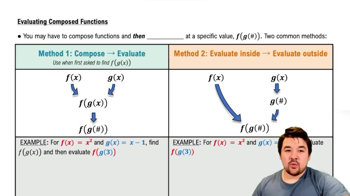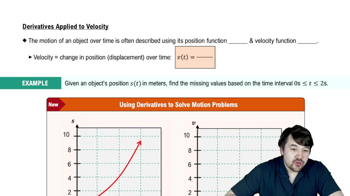To find the height of a lamppost (see accompanying figure), you stand a 6-ft pole 20 ft from the lamp and measure the length a of its shadow, finding it to be 15 ft, give or take an inch. Calculate the height of the lamppost using the value a = 15 and estimate the possible error in the result.
<IMAGE>






